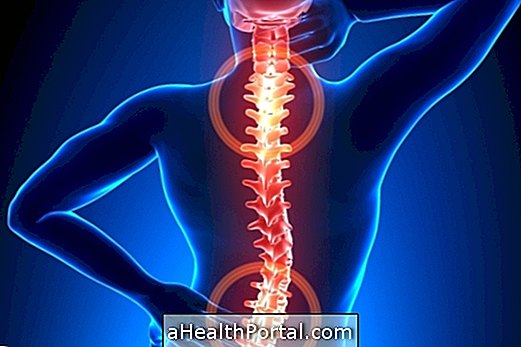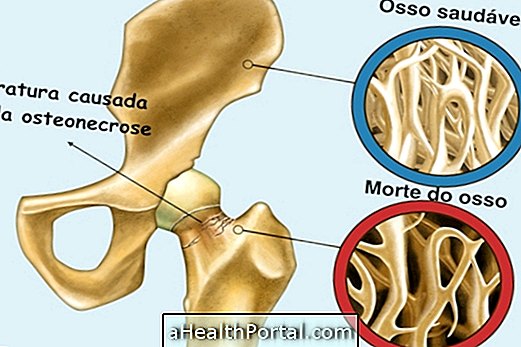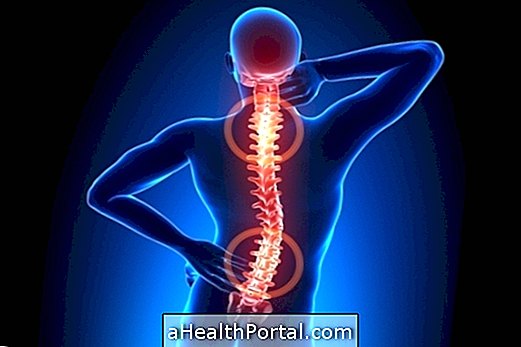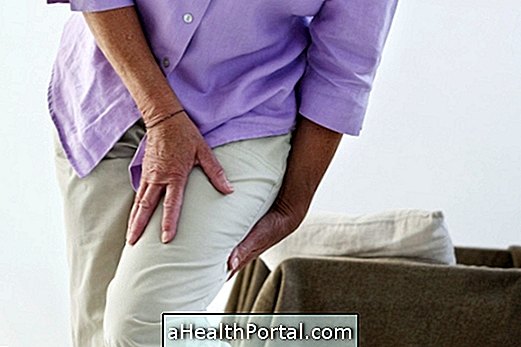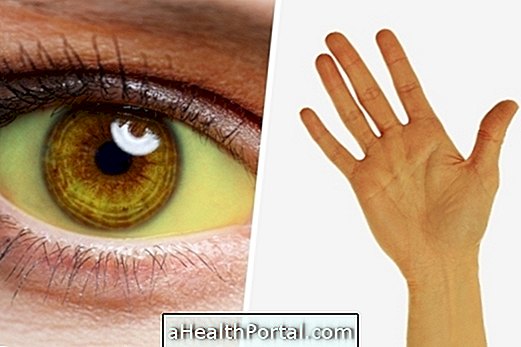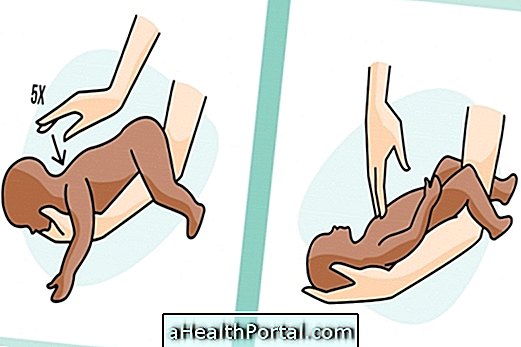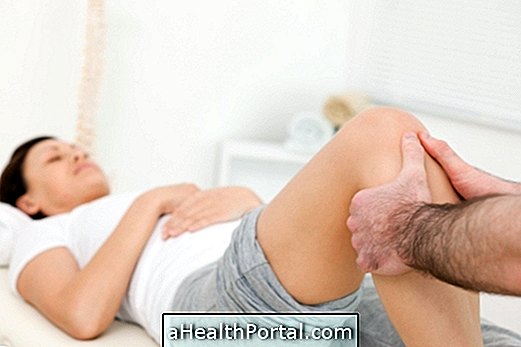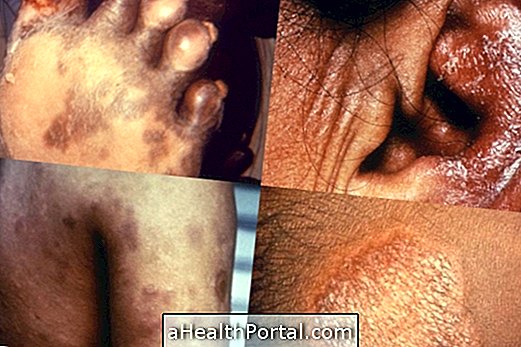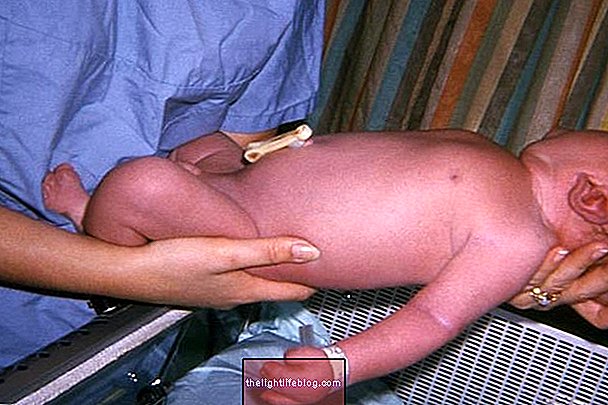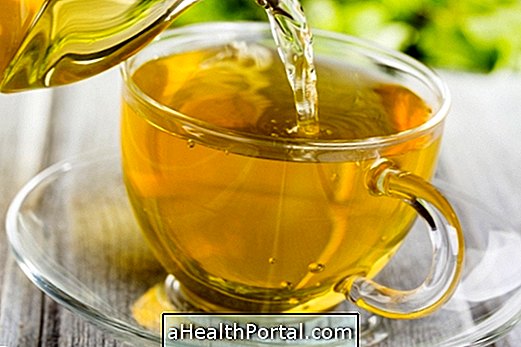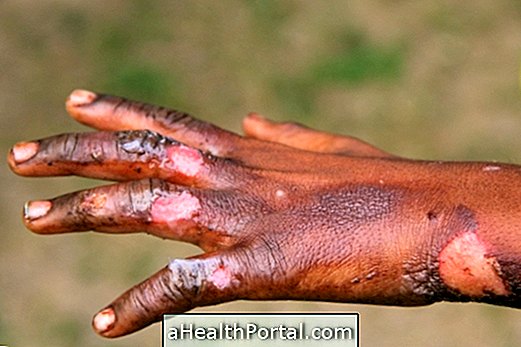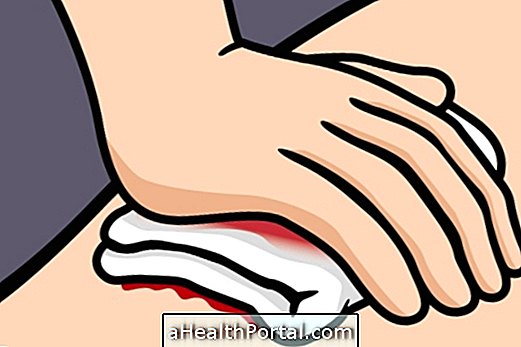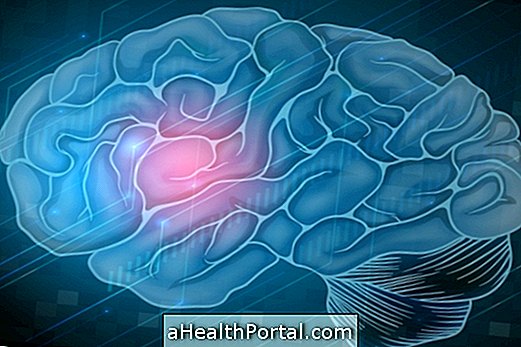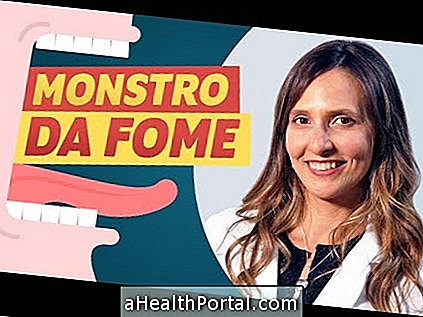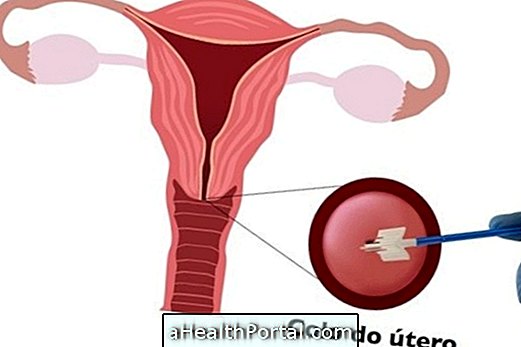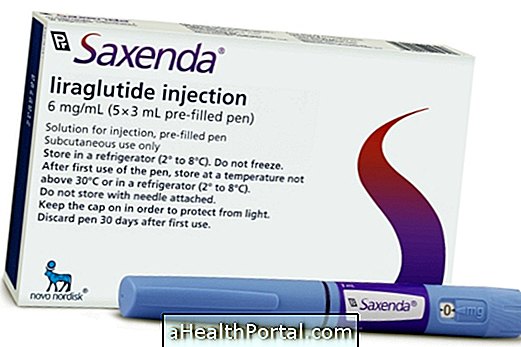Treatment for rheumatism in the bones should be guided by the orthopedist or rheumatologist, and may include taking medications, ointment use, corticosteroid infiltration, and physiotherapy sessions that are indispensable for successful treatment. Other measures that may help include anti-inflammatory and healing food, and as an alternative, acupuncture and homeopathy are good options to complement the clinical treatment.
Rheumatism in the bones is a set of rheumatic diseases, diagnosed by the doctor, that affect the bones, muscles and tendons. Some examples of rheumatic diseases are arthritis, arthritis, fibromyalgia, gout and bursitis, usually affected people are over 50 years old, and usually these diseases have no cure, although the treatment can bring relief of symptoms and improvement of movement.
Treatment for rheumatism in bones can be done with:
Medicines

During periods of rheumatic crisis, when the symptoms become more evident, the doctor may prescribe anti-inflammatory and analgesic remedies such as Paracetamol Ibuprofen, Naproxen and injections of corticosteroids or hyaluronic acid applied directly to the sore joint.
Medications should not be used for more than 7 days and people with a sensitive stomach should prefer to take medicine during meals to avoid gastritis. Medications containing glucosamine sulfate and chondroitin sulfate may also be indicated to strengthen joints and prevent the progression of arthrosis.
In case of depression, anxiety crisis and sleep disorders, which can affect people with fibromyalgia, for example, the doctor may recommend anxiolytics or antidepressants, and better sleep remedies such as zolpidem or melatonin.
Home treatment
A good home remedy is to eat healthy, drink plenty of water, take marjoram tea every day and make a clay or potato poultice whenever the pain appears. An excellent tea to combat arthritis and arthritis can be made with sucupira seeds. See here its benefits and how to do it.
Physiotherapy
Physiotherapy can be done with devices such as tension, ultrasound, laser, plus pockets of warm or cold water, and exercises that aim to maintain or recover the mobility of joints and joints, its main focus being to combat pain and restore movement.
Exercising in the water such as hydrokinesiotherapy is also a great way to improve hip or knee pain, which lowers the weight on the joints and facilitates movement and weight bearing. This type of treatment should be performed 3 to 4 times a week until the patient is able to perform their daily living activity with ease.
Check out some exercises for knee arthrosis in this video:

The use of devices to facilitate movement, such as crutches, use of elastic knee pads and padded shoes are also strategies that contribute to pain relief, and performing daily tasks.
food
Having a balanced diet, being within the ideal weight and preferring foods that naturally fight inflammation, is also important to accelerate recovery. Therefore, one should bet on foods with more omega-3s such as sardines, tuna, salmon or perilla seed oil, for example.
Strengthening the bones by eating more calcium and vitamin D is also indicated, so you should bet on dairy products, dairy products and broccoli, for example. Check out more food in this video:

Surgery
Surgery is only indicated in the most severe cases, when there is no improvement of symptoms and movement even after more than 6 months of intensive physiotherapy. It can be made to perform a scraping on the bones or to completely replace a bone or joint.
Acupuncture
Acupuncture can also be a good help in supplementing the treatment of rheumatism in the bones because it promotes a reorganization of body energy, combats inflammation and relaxes tense muscles. With this technique it is possible to decrease the intake of medications, and decrease the frequency of physical therapy, but acupuncture should not be used exclusively because it is limited.
Homeopathy
The homeopathic doctor may recommend taking homeopathic remedies, such as Ledum 4DH or Actea Racemosa, which produce an energy stimulus that helps balance the body and reduce inflammatory processes without causing side effects, as with traditional anti-inflammatory remedies .
What causes rheumatism
Rheumatism is a disease caused by several factors that involve age, genetic predisposition, lifestyle and type of activity. People over the age of 40 are most affected by joint diseases such as arthritis, arthritis and bursitis, but rheumatic diseases also affect young people, as can happen in case of fibromyalgia or rheumatic fever.
Depending on the disease, the treatment can be very time consuming and the improvement is equally slow, but if the patient does not perform these treatments, the disease can progress and make your daily life more difficult.

